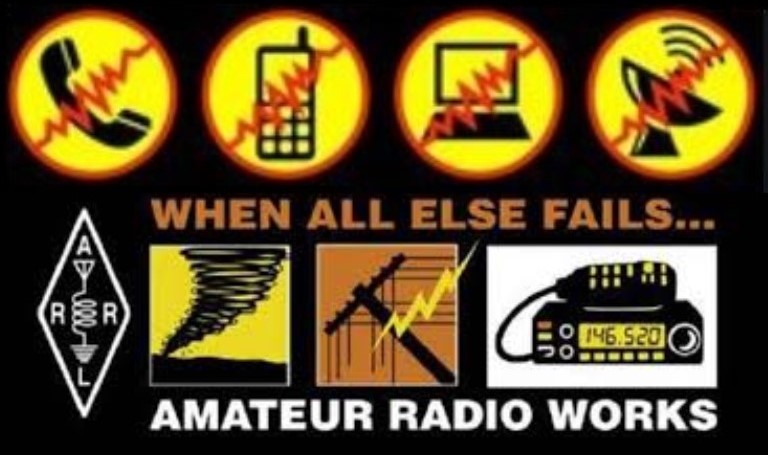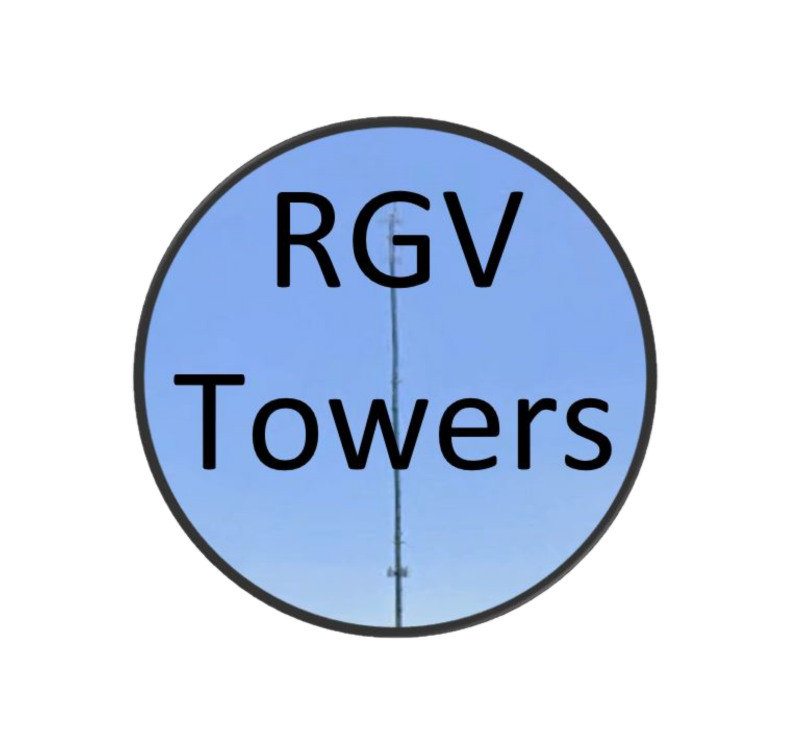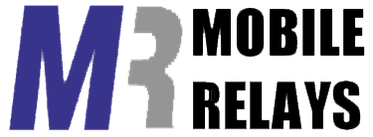Amateur Radio or “Ham Radio” is a rewarding hobby for electronic and radio enthusiasts. Hams have a long history of community service providing communications for special events and in emergencies. Before the days of cellular phones and the internet, hams could communicate with other hams across town or around the world. Although some people believe that cellphones and the internet have made ham radio irrelevant, the hobby still offers opportunities to experiment and innovate with cutting edge technology. Hams operate on many radio frequencies from shortwave for international conversations to microwave for point-to-point and experimentation. Hams also use many different modes including CW, SSB, AM, FM, and digital modes like PSK and C4FM. Some hams even transmit and receive TV signals. In fact, hams were having video calls before ZOOM was a thing.
During emergencies like hurricanes and floods, ham radio may be the only way to communicate until the cellular and internet infrastructure can be restored. Even then, Hams have their own equipment and can handle health and welfare communications for Emergency Managers, thus relieving congestion on Public Safety radio systems.

How to get started
Ham radio requires a license to operate on the frequencies allocated for amateur radio use. The license is free although the test does carry a very small fee. To get the license, a person must pass a test to demonstrate knowledge of the rules governing amateur radio and a certain level of technical proficiency. There are classes, study material and practice tests available on line. Also, Classes and test sessions are usually sponsored by the local ham clubs. The test is not difficult and many kids are licensed hams.
Repeaters
Several clubs and individuals sponsor repeaters for use by all licensed amateur radio operators. Many of these repeaters are linked to other repeaters in neighboring cities to increase the coverage area and some are standalone repeaters that serve a single area. Legacy FM and popular digital modes such as System Fusion, DMR and D-Star are supported. In the tradition of amateur radio, it would not be surprising to discover other modes including P25 and Automatic Position Reporting Systems.
The following is a list of repeaters in the Rio Grande Valley. Program mobile or handheld radios as follows:
| Receive | Transmit | Tone | City |
|---|---|---|---|
| 147.020 | 147.620 | 114.8 | Alto Bonito |
| 147.040 | 147.640 | 114.8 | Brownsville |
| 444.375 | 449.375 | CC-1 | Brownsville |
| 444.400 | 449.400 | 114.8 | Brownsville |
| 444.825 | 449.825 | CC-1 | Brownsville |
| 146.740 | 146.140 | 114.8 | Donna |
| 147.140 | 147.740 | 114.8 | Harlingen |
| 147.200 | 147.800 | 114.8 | Harlingen |
| 443.625 | 448.625 | Membership | Harlingen |
| 443.950 | 448.950 | DN | Harlingen |
| 444.500 | 449.500 | 114.8 | Harlingen |
| 147.100 | 147.700 | 114.8 | La Feria |
| 147.180 | 147.780 | 114.8 or DN | La Feria |
| 443.8875 | 448.8875 | CC9 | La Feria |
| 444.275 | 449.275 | 114.8 | La Feria |
| 146.960 | 146.360 | 114.8 or DN | Los Fresnos |
| 444.750 | 449.750 | CC-2 | Los Fresnos |
| 444.775 | 449.775 | 114.8 | Los Fresnos |
| 145.390 | 144.790 | 114.8 | McAllen |
| 146.800 | 146.200 | 82.5 | McAllen |
| 443.600 | 448.600 | 114.8 | McAllen |
| 443.825 | 448.825 | CC1 | McAllen |
| 444.200 | 449.200 | 114.8 | McAllen |
| 444.440 | 449.440 | 100.0 | McAllen |
| 441.600 | 446.600 | 114.8 | Mercedes |
| 145.230 | 144.630 | 114.8 or DN | Pharr |
| 440.600 | 445.600 | 82.5 | Pharr |
| 444.600 | 449.600 | 114.8 | Pharr |
| 147.120 | 147.720 | 114.8 | Port Isabel |
| 444.875 | 449.875 | 114.8 | Port Isabel |
| 146.900 | 146.300 | 114.8 | Raymondville |
| 444.900 | 449.900 | 114.8 | Raymondville |
| 442.575 | 447.575 | 114.8 or DN | San Benito |
| 146.720 | 146.120 | 114.8 | Weslaco |
Helpful Links
License Study Guide by KB6NU https://www.kb6nu.com/wp-content/uploads/2018/11/2018-no-nonsense-tech-study-guide-v1-1.pdf
KB6NU’s Ham Radio Blog https://www.kb6nu.com/
Rio Grande Valley Amateur Radio Club http://rgvarc.org/
South Texas Amateur Repeater Society http://www.w5rgv.net/
Amateur Radio Relay League http://www.arrl.org/
Amateur Radio Support for Emergency Operations https://tdem.texas.gov/races/
Radio Reference https://www.radioreference.com/
e Ham https://www.eham.net/
Repeater Builder www.repeater-builder.com
Sincere Appreciation
Ham radio is a personal hobby and the radio and repeater systems are privately owned. Hams have a long history of re-purposing old commercial equipment and have often relied on donations and support from the communications industry for everything from surplus equipment to antenna space on broadcast towers. We would like to thank Mobile Relays and RGV Towers for their generous support of amateur radio. The kind contributions of these businesses add to the enjoyment of the hobby for local hams as well as strengthen our ability to respond to emergencies in our community.

